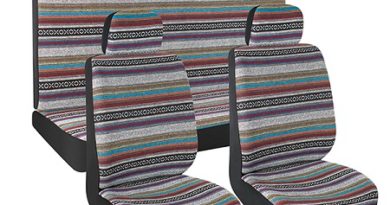Huawei Mate 50 Pro, The device in 2022
With the Mate 50, Huawei has thrown in the rest. They are the most complete, powerful and capable mobiles that the company has ever launched, and that is evident just by taking a look at the technical characteristics. Even more interesting are the small details, of which only a few have been revealed so far.
For example, a very interesting function is the possibility of connecting by satellite, something especially useful in places where telephone coverage is not the best, such as rural areas. Although calls cannot be made, at least we can send short messages and obtain map routes using this communication. In the case of the huawei mate 50 pro, it will use the BeiDou satellite constellation, which is already used for navigation and therefore it is not clear if this function will arrive in Europe, or if it will adapt to a global standard.
Photography has been Huawei’s big bet on most of its devices, in an attempt to stand out from the rest of the market, and with the Mate 50 Pro history repeats itself, with some differences. The biggest one is that Huawei seems to have lost access to the Leica brand, since it does not appear on the cameras of the new devices; Whether it’s because the license has expired, or for other reasons, that doesn’t stop cameras from being a priority.
Both models, the Mate 50 and the 50 Pro, boast the same main sensor, a 50 Mpx Sony IMX766 with variable aperture with which they promise excellent performance in all types of scenarios and light. The wide angle, which is usually somewhat abandoned, also stands out for its super wide-angle 13 Mpx Sony IMX688 sensor. The camera in which the Mate 50 Pro differs from the cheaper version is the telephoto; while in the Mate 50 it is a 12 Mpx sensor with optical stabilization, in the Mate 50 Pro it is a 64 Mpx Omnivision OV64B telephoto camera with 3.5x optical zoom.
On the screen we find another differentiating factor between the Mate 50 and the Mate 50 Pro; that of the latter is larger, but what really stands out is the presence of a ‘notch’ or notch, like the ones that mobile phones had a few years ago. The explanation lies in the number of sensors and cameras on the front, although at the time of writing these words we do not know all the details.
Three cameras for beastly versatility
If Huawei is strong in something, it is in the photographic section. Over the generations they have brought numerous innovations and advances to the sector and now they are not at their best (in fact, Leica is no longer there), but they are still one of the strengths when it comes to photography.
The Mate 50 Pro has three cameras. The main one is a 50-megapixel angle that has optical stabilization and laser focus. It has a focal length equivalent to a 24mm lens and the results it achieves both indoors and outdoors are very, very good.
There’s good natural background blur without resorting to portrait mode, I like the white balance and the detail is just right. There is something curious and it is the opening.
However, the lower the value, the shallower the depth of field, and if we photograph something in the foreground, the background is more blurred.
This aperture is something that the camera handles automatically in automatic mode (which allows you to take photos at 12.5 Mpx thanks to pixel binning), but it is something that you can control in manual mode, changing the aperture to your liking.
At night, the Mate 50 Pro behaves very well, but I recommend shooting in automatic mode, since in night mode it turns night into day, creating artificial detail and textures with an accentuated watercolor effect. I already said, I have been using the automatic mode at night and the result seems very good.




